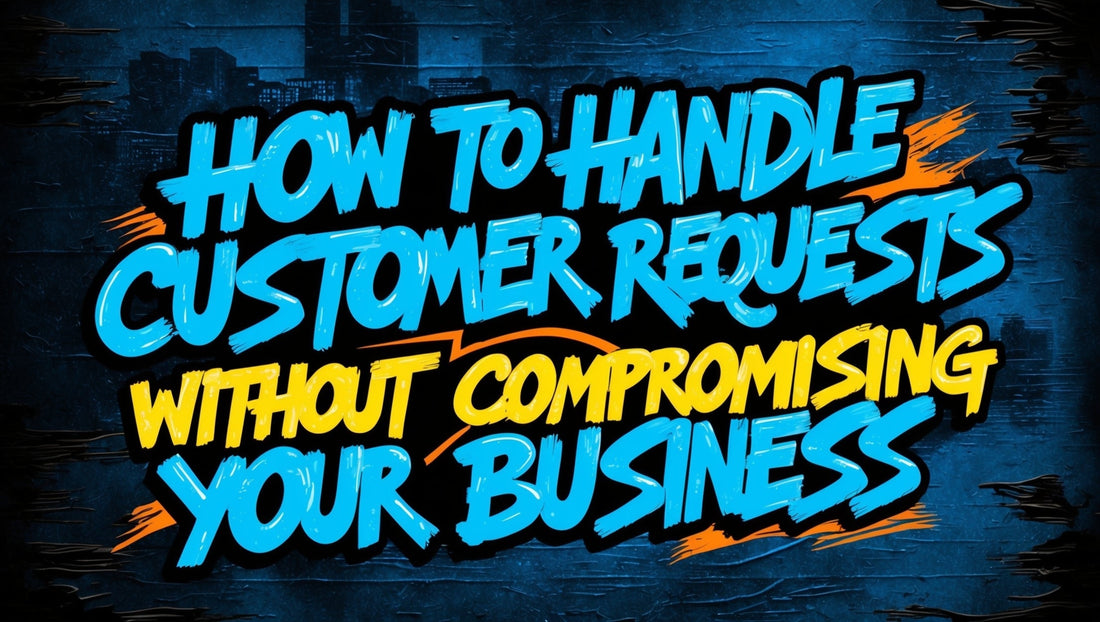The Delicate Balance of Selling Rare Collectibles
As a seller of rare and vintage collectibles, one of the most challenging aspects of the business is balancing customer service with inventory preservation. Enthusiastic collectors, researchers, and casual buyers often have specific requests—some reasonable, others requiring a level of handling that could put a valuable item at risk.
Recently, I encountered an interesting situation involving a potential buyer who needed access to a 1969 issue of Rolling Stone magazine for a dissertation on blues history. The issue contained a rare interview with Howlin’ Wolf, a legendary blues musician, and the customer was seeking a way to read the article without purchasing the magazine.
This situation presented a classic dilemma for rare collectibles sellers:
- Do you accommodate the request and risk devaluing (or even damaging) an item?
- Do you refuse outright and potentially alienate a future customer?
- Or do you find a way to engage with the buyer while still maintaining your business principles?
The Power of a Well-Crafted Response
When dealing with customer inquiries, particularly those that involve access to an item without purchasing, it’s crucial to craft a response that is both professional and strategic. Here’s how I approached the situation:
✔ Acknowledged the Customer’s Interest & Research
- The first step is always to show appreciation for their inquiry. A dissertation on blues history? That’s an incredible topic, and validating the customer’s passion helps establish a positive tone.
✔ Explained the Importance of Preservation
- I took a quick glance at the magazine but emphasized that due to its age, I prefer not to handle it extensively to avoid any risk of damage. This subtly reinforces the item’s rarity and value.
✔ Provided Alternative Solutions
- Instead of a hard "no," I recommended checking university archives, Rolling Stone’s editorial records, and Rock’s Backpages for similar content. This approach shows you’re trying to help, even if you can’t meet their exact request.
✔ Kept the Door Open for a Potential Sale
- I ended with a friendly and professional closing, letting them know that the magazine is still available for purchase if they change their mind. This keeps the conversation open-ended, rather than shutting it down completely.
How This Approach Reinforces Strong Business Practices
This strategy is effective for several reasons:
🔹 Protects Inventory Value – Handling rare items too often can lead to wear and tear, reducing their value. Establishing clear boundaries on how items are accessed protects your inventory.
🔹 Maintains Professionalism & Brand Reputation – Even if you can’t fulfill a request, showing respect and professionalism builds credibility and makes customers more likely to return.
🔹 Creates Subtle Sales Opportunities – By providing alternatives that aren’t guaranteed to work, you reinforce the unique value of your item. In this case, the customer may realize that buying the magazine is their best (or only) option.
🔹 Strengthens Pricing Strategy – By holding firm on the item's value and not devaluing it through excessive handling or free access, you reinforce why the price is justified.
Could This Lead to a Purchase? Absolutely.
While the initial inquiry was about getting something for free, the way I responded shifted the conversation to one that reinforces the value of the item, while still offering helpful advice. If the customer doesn’t find the article elsewhere, they may return and purchase the magazine.
Even if they don’t, they’ll remember the professionalism and willingness to help—and that could turn into future sales and referrals.
So next time you get a similar request, remember:
✔ Acknowledge interest
✔ Protect the value of your inventory
✔ Offer helpful but limited alternatives
✔ Leave the door open for a sale
With this approach, you maintain control over your business while still delivering great customer service.
Final Thoughts: Selling Rare Items is an Art
Navigating customer inquiries in the collectibles market requires strategy, patience, and a firm understanding of your inventory’s value. Whether it’s a rare vinyl record, an out-of-print magazine, or a limited-edition book, your approach should always:
1. Protect the item’s condition
2. Reinforce its value
3. Provide solutions without devaluing the product
4. Keep the conversation open-ended for future opportunities
By mastering this balance, you strengthen your business, maintain your reputation, and increase the likelihood of sales—both now and in the future.
Own a rare collectible? Protect its value. Offer alternatives. Keep the door open.
















